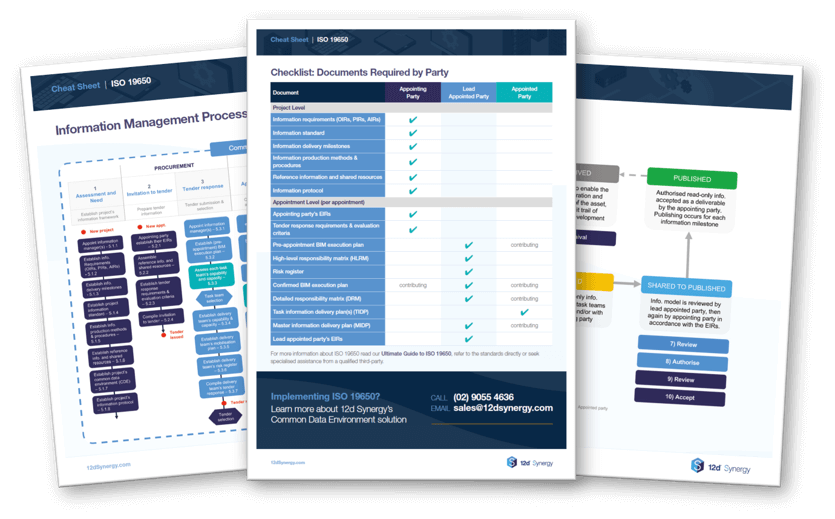How Australia’s deepest tunnelled motorway blitzed the brief
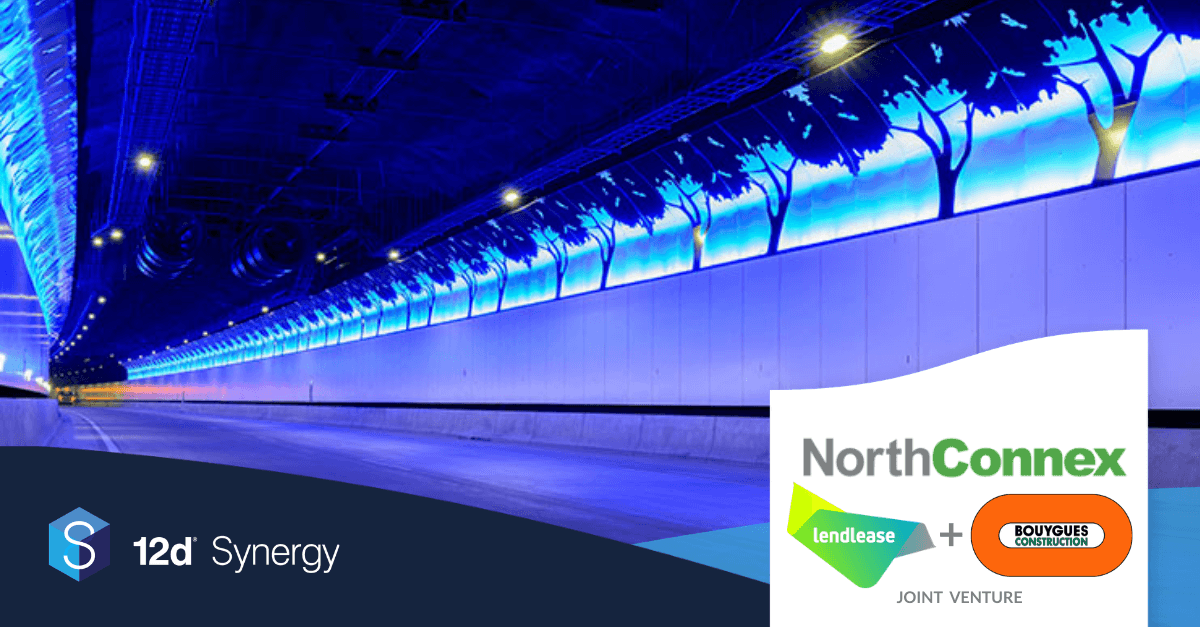
Winner of the Overall 12d Innovation Award in 2016, the NorthConnex represents an Australian infrastructure powerhouse.
The project involved the surveying, design and construction of Australia’s longest and deepest tunnelled motorway.
Located in Sydney’s north-west, the NorthConnex connects the bustling M2 Motorway in West Pennant Hills and M1 Pacific Motorway in Wahroonga.
The tunnel has vastly improved freight traffic, road safety, traffic flow, and reduce congestion, and air and sound pollution, with the capacity to see 100,000 vehicles a day easing major congestion on the infamously, always-busy Pennant Hills Road.
The deepest part of the tunnel is a whopping 90m below ground where it bypasses under the Sydney Metro North West Tunnel at Beecroft. At 16.3km total length, NorthConnex is longer than the Eastern Distributor, M5 and Cross City Tunnels combined, but second to Sydney’s WestConnex.
The sheer scale of the project presented unique challenges in design, survey and construction. As one of the longest road tunnels and the deepest road tunnel in Australia, the $3 billion project was always going to be a challenge to not only design but to construct as well.
The design and construction was completed as a joint venture between Lendlease and Bouygues Construction, opening to the public in late 2020.
NorthConnex Fast Facts
This epic project boasted the following features:
- 4 ventilation shafts, measuring 210m total depth
- 20 road headers excavated 2.25 million (yes, that’s million) cubic meters of material working simultaneously 24/7 at the project’s peak.
- 2,000 workers on site at the peak
- 75,000 fieldwork submissions at 25 GB
- 5 million survey points, of which 3.5 million are as-built
- 2,000+ tunnel profiles (all layers)*
NorthConnex Pain Points
Whilst every major infrastructure project comes with significant pain points, the main issues for NorthConnex were:

Time Contraints

Anticipated Data Tsunami
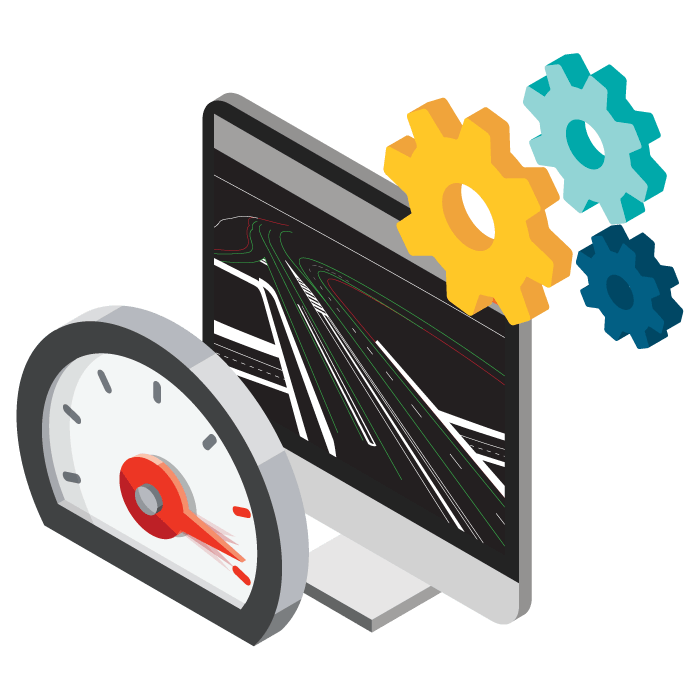
Streamlining the plotting process
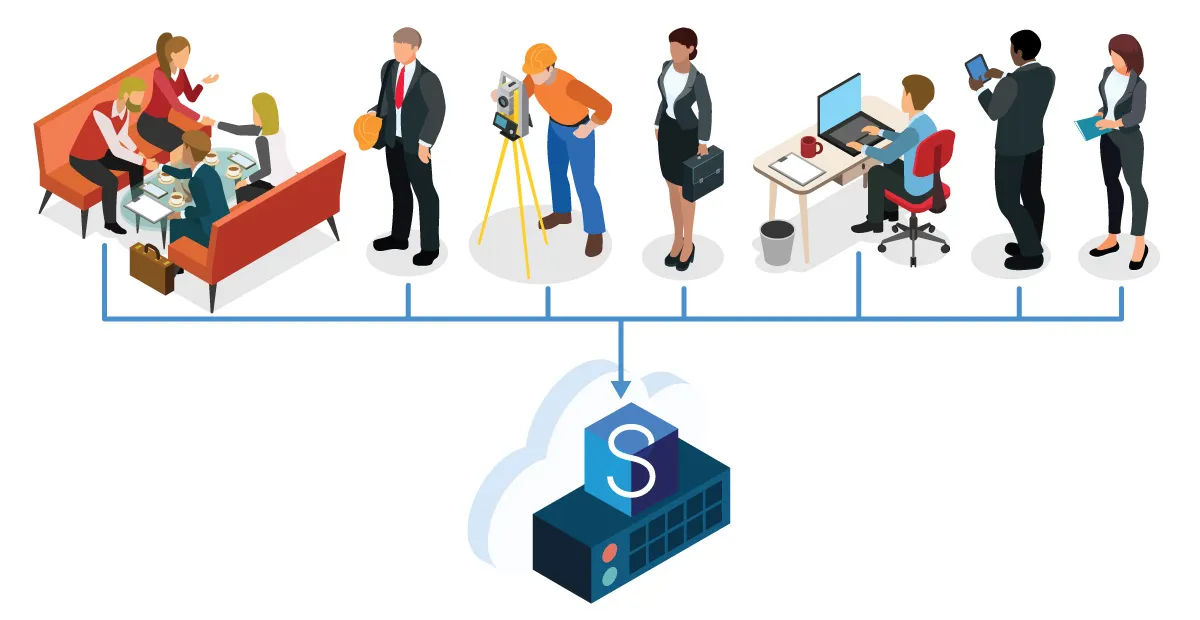
1. Common Data Environment (CDE)
Considering the magnitude of the NorthConnex project, the JV knew early on that to provide work efficiency and a robust solution the team needed a simple, consistent and reliable Common Data Environment.
This secure and central location would provide access to 60+ surveyors to store over 75,000 fieldwork submissions. Here they also needed to share data and collaborate with engineers whilst working offline in the tunnel. Furthermore, the system needed to be able to integrate with 12d Model and 12d Field seamlessly as this was the design software package of choice for the project.

2. Central & Secured CDE
Due to the sheer amount of data coming through from numerous surveyors, a central location allows the elimination of duplication of files and a common area where all the data can be stored and found easily when critical decisions are being made.
Operation or construction of the tunnel was often 24/7 so a secure location will provide the security needed by the JV. Those who have the permission to access certain files can and those who need to upload files can also do so.

3. Work Efficiency
A large amount of data was always being collected for the construction of the NorthConnex tunnel, so it was critical that all processes were done as efficiently as possible.
For NorthConnex elements of both the structure field data and the structure design data were automated. Attributes like location, state, current user login, current date and time were attached automatically, as well as the source details. Survey macros were designed and utilised to also ensure efficiency.

4. Structure for Quality Assurance
Consistency was crucial for the project. There was approximately 100 million scan points per lining for the tunnel so ensuring that there was a clear structure and method for storing this data meant that high QA standards were established.
There needed to be strict file naming conventions so there is no confusion as to what a file contains and where that file is located. This also meant that audits were a straightforward process leading to minimal delays in the construction of the tunnel. The survey macros designed additionally performed QA checks automatically to maintain high standards from the onset of the project.

5. Optimised Data Transfers
There were 75,000 fieldwork submissions throughout the project span, so to ensure that the workers optimised their time – data transfers had to be fast, especially out on site.
Since winning the overall 12d Innovation Award at the 2016 12d Tech Forum, the NorthConnex project has continually grown in magnitude. The amount of data collected daily grew exponentially, with many attributes collected for every vertex along the tunnel.
For a typical 500m section of rock, there are 2,000 strings, 30,000 points and millions of attributes attached to that one section – and this is only the surface of the amount of information being collected. Consequently, for a 9-kilometer twin motorway tunnel, the figures are remarkable!
To accommodate the amount of data being received, automations were created to optimise the workflow for the project. The two challenges presented towards the end of construction for the NorthConnex tunnel was the ability to produce plots smoothly and quickly from the survey data and to store the number of attributes securely.

6. Auto-Plotting
To simplify the workflow for producing PDF plots from survey data, this process was automated and standardised. A customised macro through 12d Model was pre-set with standard PPFs and plot frames. It was then just a matter of receiving the survey data and with that information, the plots would automatically be produced. This macro generated and issued both sketch & formal plots for the team. Each plot was added to a drawing register and then the outputs – the reports themselves were automatically named.
The team were able to add more attributes to the report, moved them into their specific folder to maintain a clear structure for QA purposes, and finally pushed the data out to the team. This allowed the engineers and managers to make more informed and efficient decisions with regards to the design and construction of the NorthConnex tunnel.
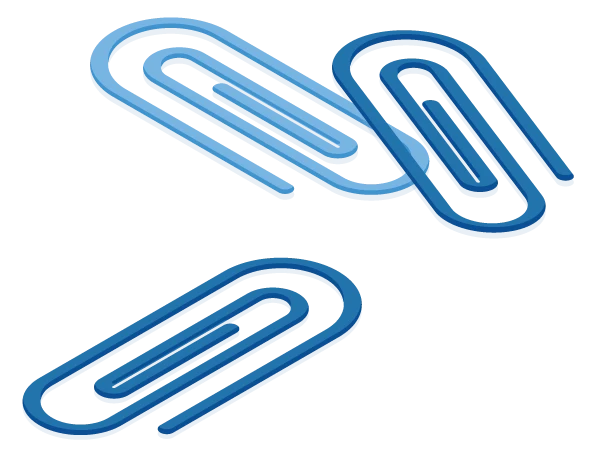
7. Attributes Database
The project had 12d Field attributes attached to every vertex within the tunnel. This created extremely large as-built models and impacted the loading and transfers of files. This meant there were challenges with either disk space, limited memory on the tablets, or restricted bandwidth across and within the different underground sites.
For an 8.2 GB project in size it had 65,000 elements and 900,000 points – which took 13 minutes to download (in office). This timing could be utilised productively elsewhere. Out on site, the timings were much worse with the limited bandwidth. To combat this, the attributes were exported to files on the server and replaced with a link to a file within a secure location.
12d Synergy was selected as the collaboration tool for the NorthConnex project. With the powerful common data environment in place, the team were able to store 880,000 files, hold 12d Model projects that were up to 9.8 GB in size and make 1.6 million file changes equalling to 3.9 TB.
As a result, the project size was reduced significantly with this new process.
On 12d Synergy, David Mares, Survey Manager, Bouygues Construction Australia says, “It’s the only software that allows us to do what we need to do.”
“a Godsend in terms of security of our information. In surveying circles, security of data is paramount.”
Five million duplicates were skipped and 180 million attributes were exported. The file transfer time was slashed from 13 minutes to just 2 minutes.
“Get your data management systems (12d Synergy) in place ASAP,” adds Matthew Monk, Survey Manager and Civil Engineer, NorthConnex Project.
“Be flexible, things change, and unfortunately, often at the last minute.”
Unlock the secrets of risk management in tunnel construction with our Ultimate Guide to ISO 19650. Learn how ISO 19650 standards can streamline your processes, enhance collaboration, and ensure project excellence. Complete the form below to download the free guide.
